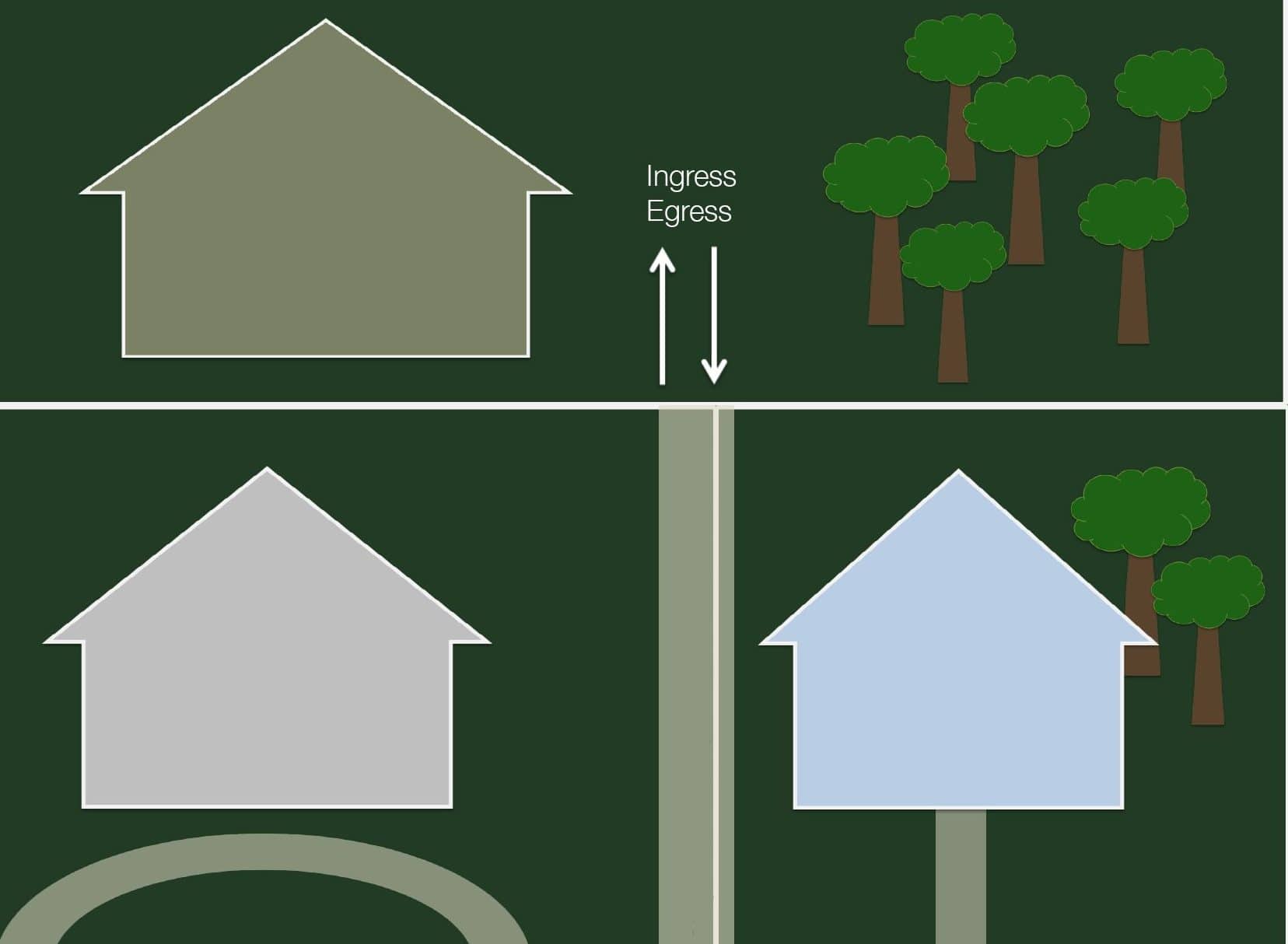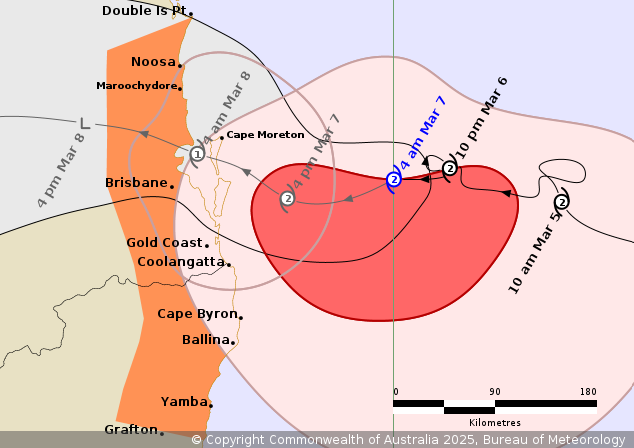
Guide to Easements for QLD Property Owners
When it comes to property ownership, there are various terms that are used to describe different rights and interests associated with land. One of these terms is an easement. An easement is a right to use someone else’s land for a specific purpose, without owning that land. In Queensland, easements can be created by different means, and they can have various implications for property owners. In this article, we will explore the basics of easements in QLD, including their types, creation, and management.
Overview of Easements
An easement is a legal right that allows a person or entity to use someone else’s land for a specific purpose. The person who benefits from the easement is called the beneficiary, while the person who grants the easement has a burden over their property. The Burdened owner retains ownership of the land, but must allow the beneficiary to use it according to the terms of the easement.
Easements can be created by different means, including:
Express grant: where the burdened owner grants the easement to the beneficiary in writing
Implied grant: where the easement is necessary for the proper use or enjoyment of the beneficiary’s land, and it can be inferred from the circumstances
Prescription: where the beneficiary has used the land for a specific purpose without permission for a continuous period of at least 20 years
Statute: where an Act of Parliament provides for the creation of an easement
Types of Easements
There are various types of easements that can be created in QLD, including:
Right of Way
A right of way easement allows the beneficiary to use a path or driveway on someone else’s land to access their own property. This type of easement is commonly used in urban areas where properties are landlocked or have limited access.
Drainage Easement
A drainage easement allows the beneficiary to drain water from their property through someone else’s land. This type of easement is essential for properties that are located in low-lying areas or have poor drainage.
Utility Easement
A utility easement allows service providers, such as electricity, gas, or telecommunication companies, to install and maintain their infrastructure on someone else’s land. This type of easement is necessary for the provision of essential services to properties.
Conservation Easement
A conservation easement restricts the use of someone else’s land to protect its environmental, cultural, or historical values. This type of easement is commonly used by governments, non-profit organizations, or private landowners who want to preserve natural habitats, heritage sites, or scenic areas.
Creation of Easements
As mentioned earlier, easements can be created by different means, depending on the circumstances. However, there are some general principles that apply to the creation of easements in QLD:
Easements must be created for a specific purpose and must be necessary or beneficial for the beneficiary’s land
Easements must be created in writing and registered on the title of the servient land
Easements must not interfere with the normal use or enjoyment of the servient land by the servient owner or other parties
Easements must be maintained and repaired by the beneficiary, unless otherwise agreed
Management of Easements
Once an easement is created, it becomes a legally binding right that must be respected by both the beneficiary and the burdened owner. This means that the easement must be managed properly to ensure that it is used according to its terms and conditions. Some of the key aspects of managing easements in QLD include:
- Regular maintenance and repair of the easement by the beneficiary
- Payment of compensation to the servient owner for any damage caused
- Resolution of disputes through negotiation, mediation, or legal action if necessary
- Compliance with any restrictions or conditions imposed on the easement, such as access times or load limits
- Notification of any changes or alterations to the easement to the relevant authorities and parties
- It is important for both the beneficiary and the servient owner to understand their rights and obligations regarding the easement, and to seek legal advice if needed.
Can a change in Zoning Affect an Easement?
Yes, a change in zoning can affect an easement. Zoning refers to the land use regulations that govern the types of activities that can be conducted on a particular piece of land. For example, a change from residential real property to commercial property zoning may affect the use of an easement that was created for residential purposes only.
If the zoning change makes the use of the easement impractical or impossible, it may be necessary to modify or terminate the easement. This can be done by mutual agreement between the beneficiary and the servient owner, or by a court order if there is a dispute.
It is important for property owners to be aware of any changes in zoning or land use regulations that may affect their easements, and to seek legal advice if they are unsure about their rights and obligations. Failure to comply with zoning regulations can result in fines or legal action, and can also affect the validity of the easement.
Easements are an important aspect of property ownership in QLD, as they can provide access, drainage, utility, or conservation benefits to different parties. The creation and management of easements require careful consideration and adherence to legal requirements, to ensure that the rights of both the beneficiary and the burdened owner are protected. As such, it is advisable for property owners to seek professional advice when dealing with easements, to avoid any disputes or misunderstandings.
FAQs
Q – Can an easement be cancelled or removed?
A – Yes, an easement can be cancelled or removed by mutual agreement between the beneficiary and the servient owner, or by a court order if there is a dispute or a change in circumstances.
Q – Who is responsible for maintaining a drainage easement?
A – The beneficiary of a drainage easement is responsible for maintaining and repairing it, unless otherwise agreed with the servient owner.
Q – Can a right of way easement be used for parking or storage?
A – No, a right of way easement is usually limited to access and passage only, and does not include the right to park or store vehicles or goods.
Q – What happens if an easement is breached?
A -If an easement is breached, the aggrieved party can seek legal remedies, such as an injunction, damages, or termination of the easement.
Q – How long does an easement last?
A – An easement can last indefinitely, as long as the conditions and restrictions are met and there is no legal challenge or termination.
Q Who can provide advice about easements?
A – If you have questions or concerns about easements, it is advisable to seek professional advice from a lawyer or an experienced conveyancer. They can provide you with information about the legal requirements for creating and managing easements, as well as your rights and obligations as a beneficiary or servient owner.
You can also contact the local council or the Department of Natural Resources, Mines and Energy in QLD for information about easements that may affect your property. They can provide you with copies of the relevant title documents, plans, and easement agreements, and can also advise you on any restrictions or conditions that apply to the easement.
In addition, it may be helpful to speak to your neighbours or other property owners who have easements on their land, to gain a better understanding of their experiences and any issues that may have arisen.
Q – Do easements carry over to the new ownership?
A – Yes, easements usually carry over to the new ownership when a property is sold or transferred. This means that the new owner will inherit the rights and obligations associated with the easement, and will be bound by any conditions or restrictions that apply to it. However, it is important for both the seller and the buyer to disclose the existence and details of any easements that affect the property, to avoid any disputes or misunderstandings later on.
Q – Are all easements governed the same in NSW to QLD?
A – No, easements can be governed by different laws and regulations in different states or territories of Australia, including NSW and QLD. While there may be similarities in the requirements for creating and managing easements, there may also be differences in the terminology, procedures, and legal remedies that apply. Therefore, it is important to seek professional advice that is specific to the jurisdiction where the property is located, to ensure compliance with the relevant laws and regulations.
Q – Should an easement have to be disclosed in the contract of sale
A – Yes, an easement must be disclosed in the contract of sale when a property is being sold. The presence of an easement can affect the value and use of the property, and can also create obligations and restrictions for the buyer. Therefore, it is important for both the seller and the buyer to be fully aware of any easements that may affect the property, and to disclose them in the contract of sale.
The disclosure of an easement should include details such as the type of easement, its purpose, the rights and obligations of the parties involved, and any restrictions or conditions that apply. This information can be included in the contract of sale or in a separate document, such as a section 32 statement or a title search report.
Failure to disclose an easement can result in legal action or financial penalties, and can also affect the validity of the sale. Therefore, it is important for both parties to ensure that all relevant information is disclosed and understood before the contract of sale is signed.
This is general advice only, for specific legal advice please contact your legal representative.




